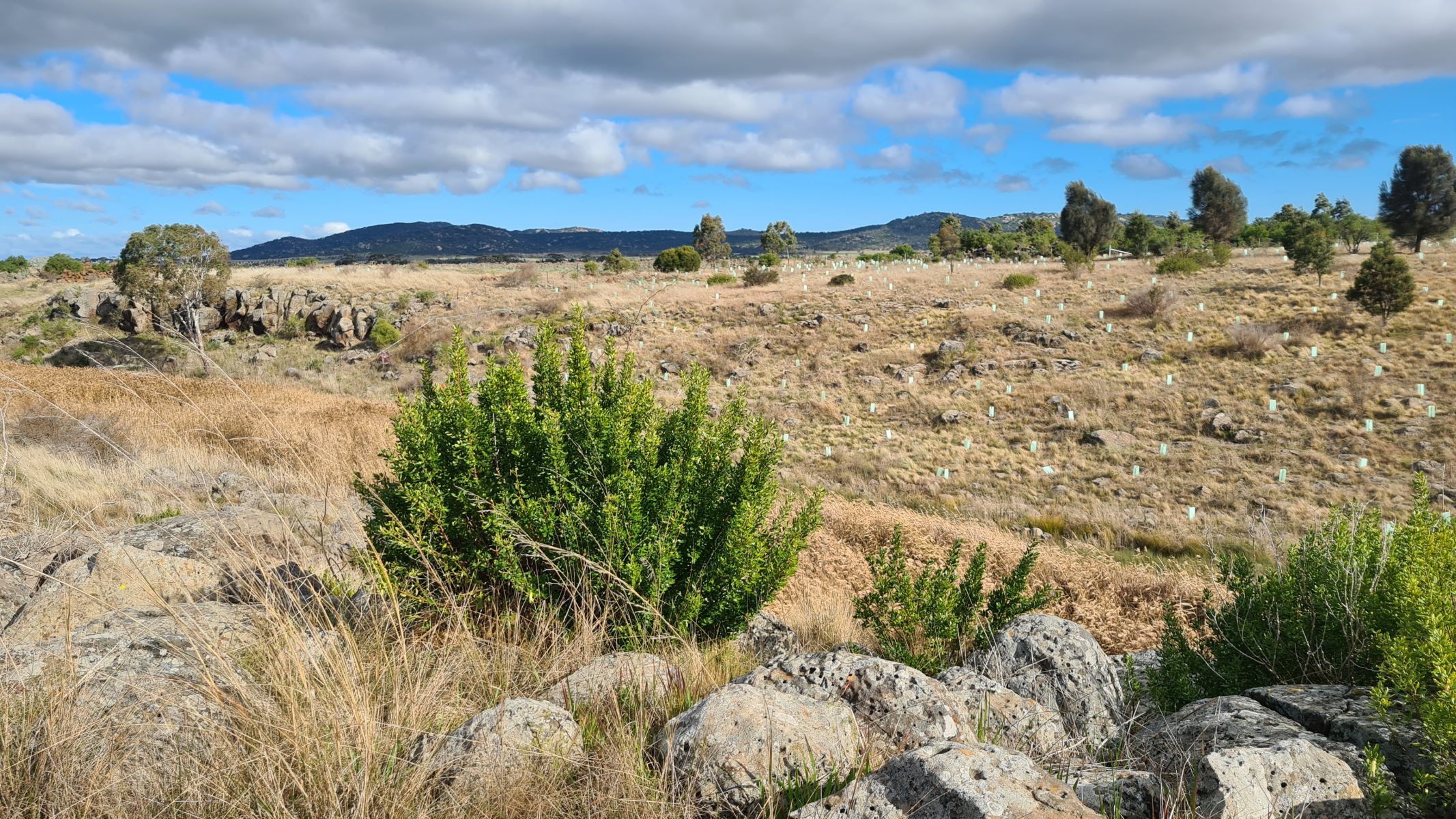On this page:
Are you planning works in a conservation area?
If you’re planning works in a conservation area, please email the MSA conservation planning team with the following information:
- Description of the proposed use or development.
- Description of how the proposal addresses the decision guidelines below.
- Plan showing the locations of proposed works, including the project footprint and any site facilities (including fill piles and access tracks).
- GIS shapefiles showing the entire disturbance footprint of the works.
- Ecological assessment conducted by a qualified person. To find out if one is needed, email msa.planning@deeca.vic.gov.au.
- A Construction Environmental Management Plan (CEMP) - read the CEMP Requirements document for more information on developing your plan.
Defining terms
Works: Any activity that disturbs the ground or where native vegetation is removed.
Any work must avoid and minimise impacts.

Decision guidelines
When we assess your application, we will apply the following decision guidelines:
1. Land use planning and management
- The need for the proposed works to be in the conservation area and the feasibility of options outside the conservation area
- Whether the land manager or future land manager consent to the works
- Whether the works or associated land-uses are suitable for the conservation area
- Whether the application is consistent with: Biodiversity Conservation Strategy for Melbourne Growth Corridors 2013 (PDF, 19.8 MB) (see below)
- any relevant Precinct Structure Plan
- any relevant Conservation Area Concept Plan
- any relevant management plan, under a Land Management Cooperative Agreement under section 69 of the Conservation, Forests and Lands Act 1987, or approved by another land manager.
2. Impacts to biodiversity values
- Whether threatened plants, animals or ecosystems as per Matters of National Environmental Significance (MNES) will be impacted – and if so, whether there is an alternative location
- Whether the proposal avoids and minimises impacts to threatened plants, animals or ecosystems
- The extent of any impact
- Whether the proposal includes measures to maintain contiguous areas of native vegetation or habitat
- Whether the works impact the hydrological requirements of native vegetation and habitat for MNES. This includes the ability to provide gravity-fed treated stormwater for off-stream breeding habitat, where relevant (find out more in the Growling Grass Frog Masterplan)
- Whether the proposal impacts the ability to manage the land for the protection and enhancement of biodiversity values
- Whether the proposed works comply with the Growling Grass Frog Masterplan Standards.
The impacts of construction or operation, such as:
- nutrient and water run-off, soil erosion, increased weeds and pests
- impacts from use and activities
- the ability of the land to be revegetated or rehabilitated.
3. Design measures and construction techniques
- Whether the construction footprint has been minimised to the greatest possible extent
- Whether the design measures, construction techniques, environmental controls and management measures avoid, minimise, and manage the impacts of works.
Works requiring Australian Government approval
Where proposed works will result in a net loss of habitat for MNES, applications also need approval from the Australian Government. In these cases DEECA must first endorse the proposal and will also consider the following decision guidelines:
- Whether the populations and habitat of threatened plants, animals and ecosystems will be maintained in the long-term
- Whether there will be a net conservation gain elsewhere for threatened plants, animals and ecosystems impacted by the use or development.
Need help?
Please email msa.planning@deeca.vic.gov.au.
Page last updated: 14/11/24
